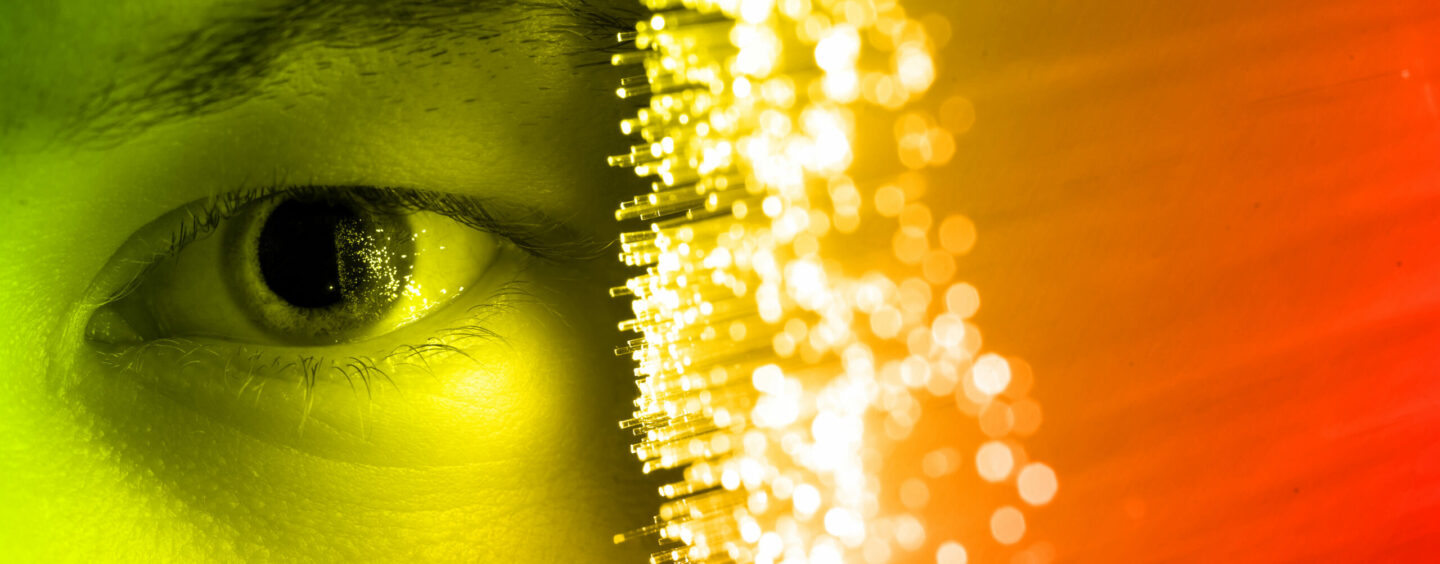We all know that, despite the best of intentions, pure laboratory conditions and careful handling are not guaranteed everywhere – this is particularly true in factories producing optical components and systems, as well as in training rooms at colleges and universities.
Yet, the cleanliness and integrity of the connector surfaces is crucial to achieving a high quality and durability for optical connectors that have direct physical contact. Although fiber connectors can be replaced at short notice when damaged, users must rely on the manufacturer’s service to replace the connections on the measurement technology itself.
As a leading manufacturer of high-resolution optical spectrum analyzers, Yokogawa avoids this issue by equipping all its grating-based monochromators with free-beam optics. These are immune to this type of damage, support fast and accurate measurement and can guarantee the longest service life with the highest repeatability.
The free-beam input also allows the connection of multimode, single mode or fibers with a diameter of up to 0.8 mm with almost no loss – as a result, there is no need to compromise when selecting the connector for an application.
A host of benefits
Summarizing the advantages of this technology, we can say there is no direct physical contact, giving optimal protection against scratching the surface and any resultant losses when inserting the fiber. There is also perfect suppression of stray and constant light – this is down to Yokogawa’s unique anti-reflective coating and a special chopper process, which ensures maximum dynamics and the best filter characteristics.
Other advantages of Yokogawa’s solution include best coupling efficiency for single mode, multimode and fibers with even larger diameters, as well as connection ferrules with a diameter of 2 mm. It can also deal with direct irradiation of optical signals from unshielded sources, even without fiber coupling.
Super accurate reference
Challenges in optical wavelength measurement include changes in the ambient temperature, which can affect the measurement accuracy of optical spectrum analyzers. Of course, the users want these measurements carried out with the precision they expect, whatever the ambient temperature happens to be.
To achieve this, Yokogawa equipped its optical spectrum analyzers with a reference light source for calibration, based on the fundamental absorption lines of acetylene in the range from 1510 nm to 1540 nm.
The acetylene is excited by an EE – LED light source, responding with a characteristic spectrum. This is tapped off via an optical fiber and sent to the free beam input using an SM fiber bridge, consisting of a single-mode optical fiber with a core diameter of 9 µm.
The two-step calibration process then runs fully automatically.
First comes the optical alignment. In this step, the optical path in the monochromator is automatically aligned here to ensure level accuracy.
Step two involves wavelength calibration – the optical spectrum analyzer is automatically calibrated with the reference light source to ensure wavelength accuracy.
To ensure optimum accuracy, the spectrum analyzer needs to be calibrated regularly. Combined with Yokogawa’s innovative free space input and reference, this ensures you can always achieve rapid and accurate measurement.



No Comments so far
Jump into a conversationNo Comments Yet!
You can be the one to start a conversation.